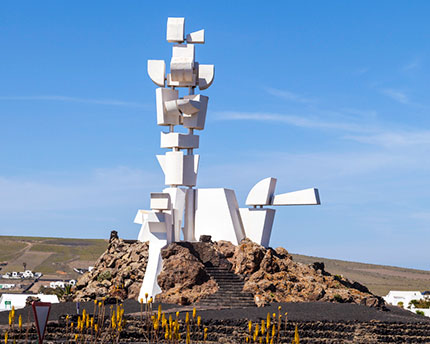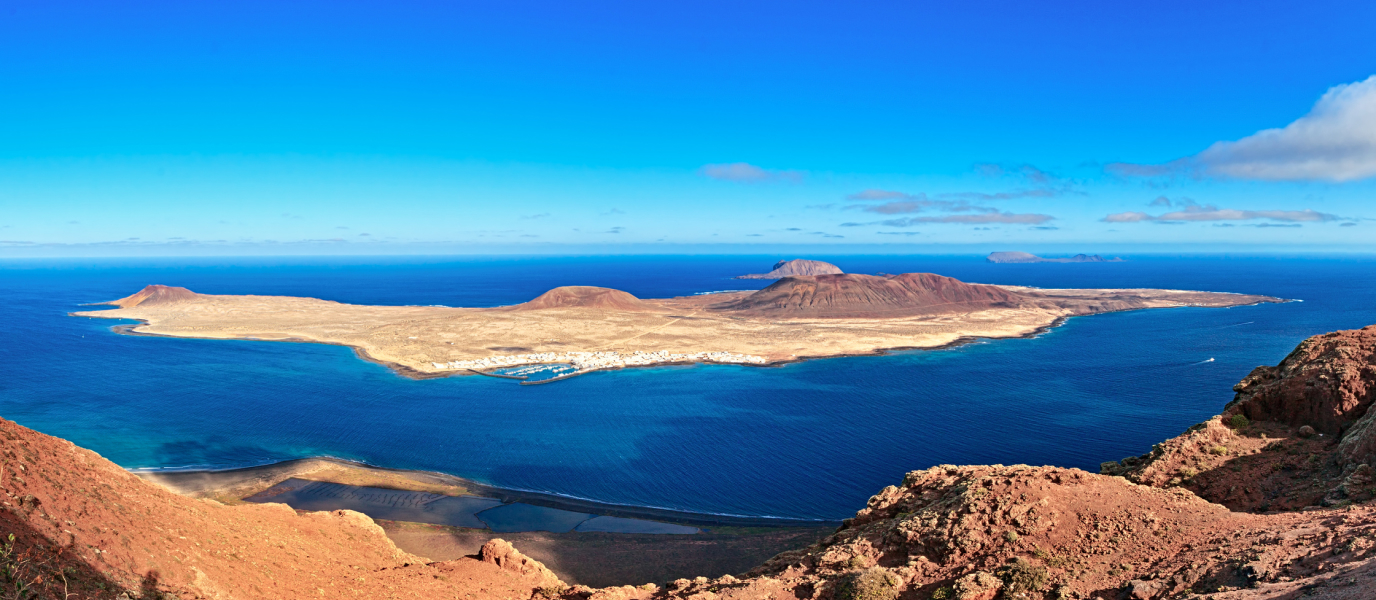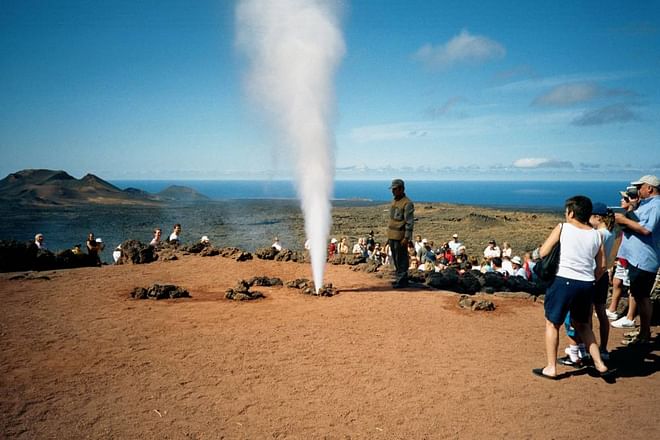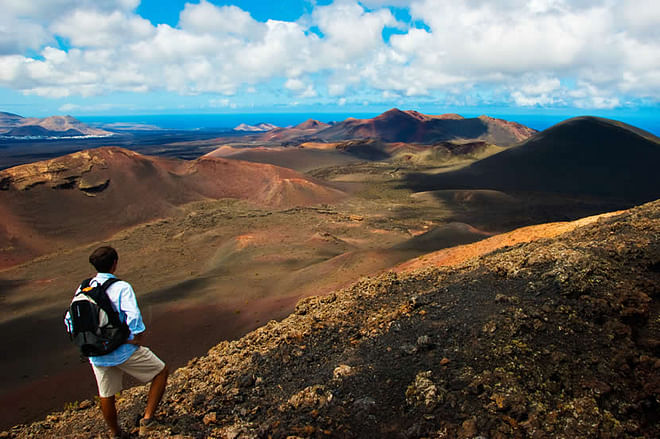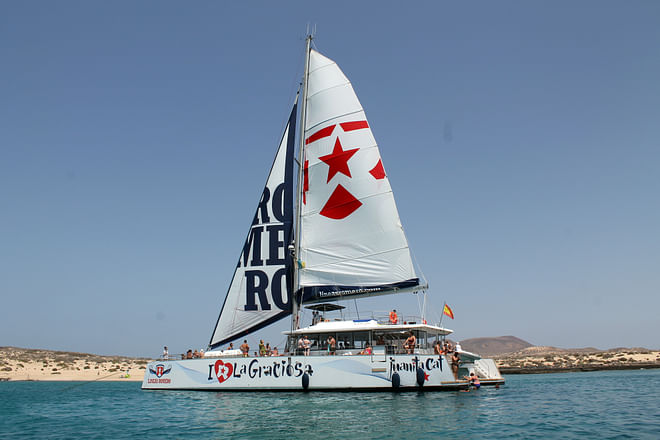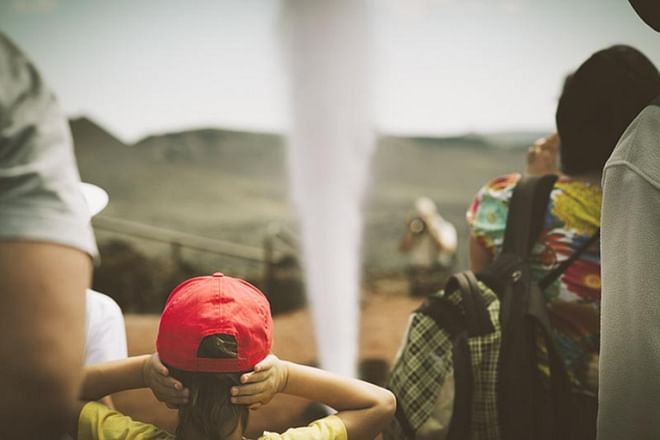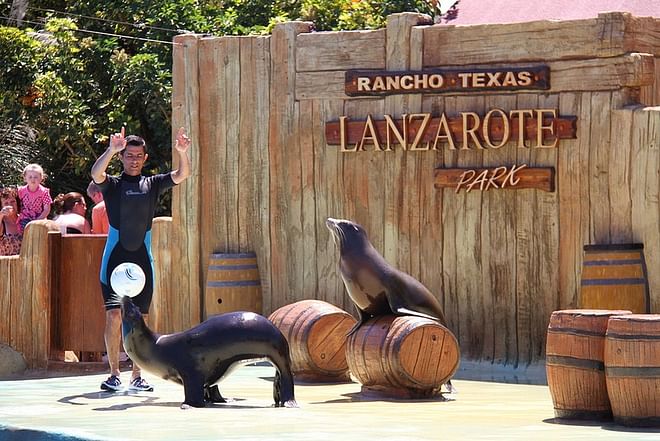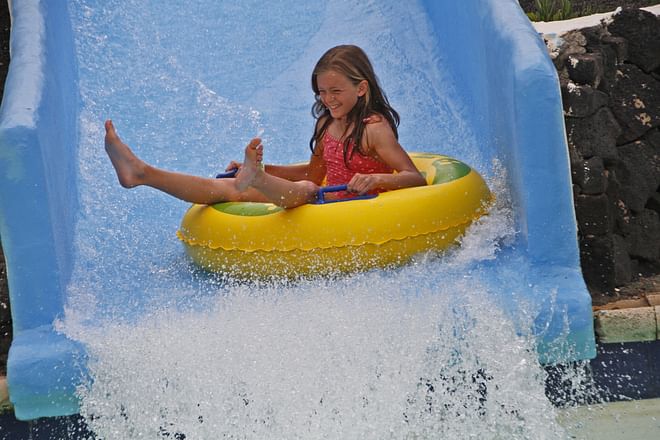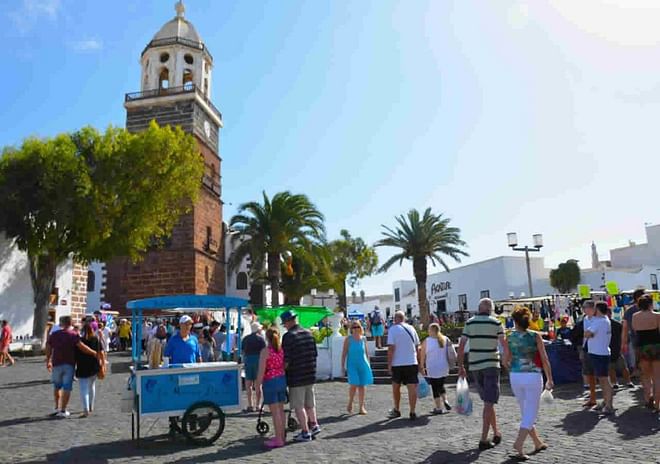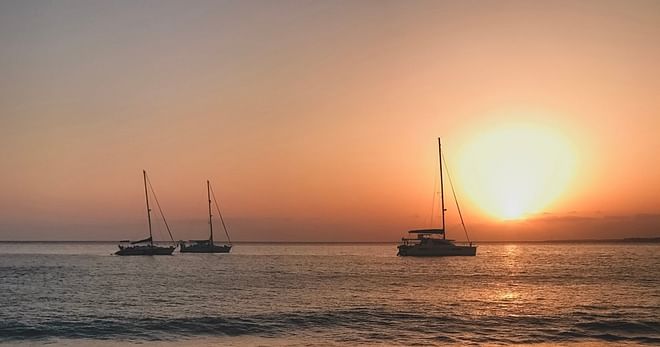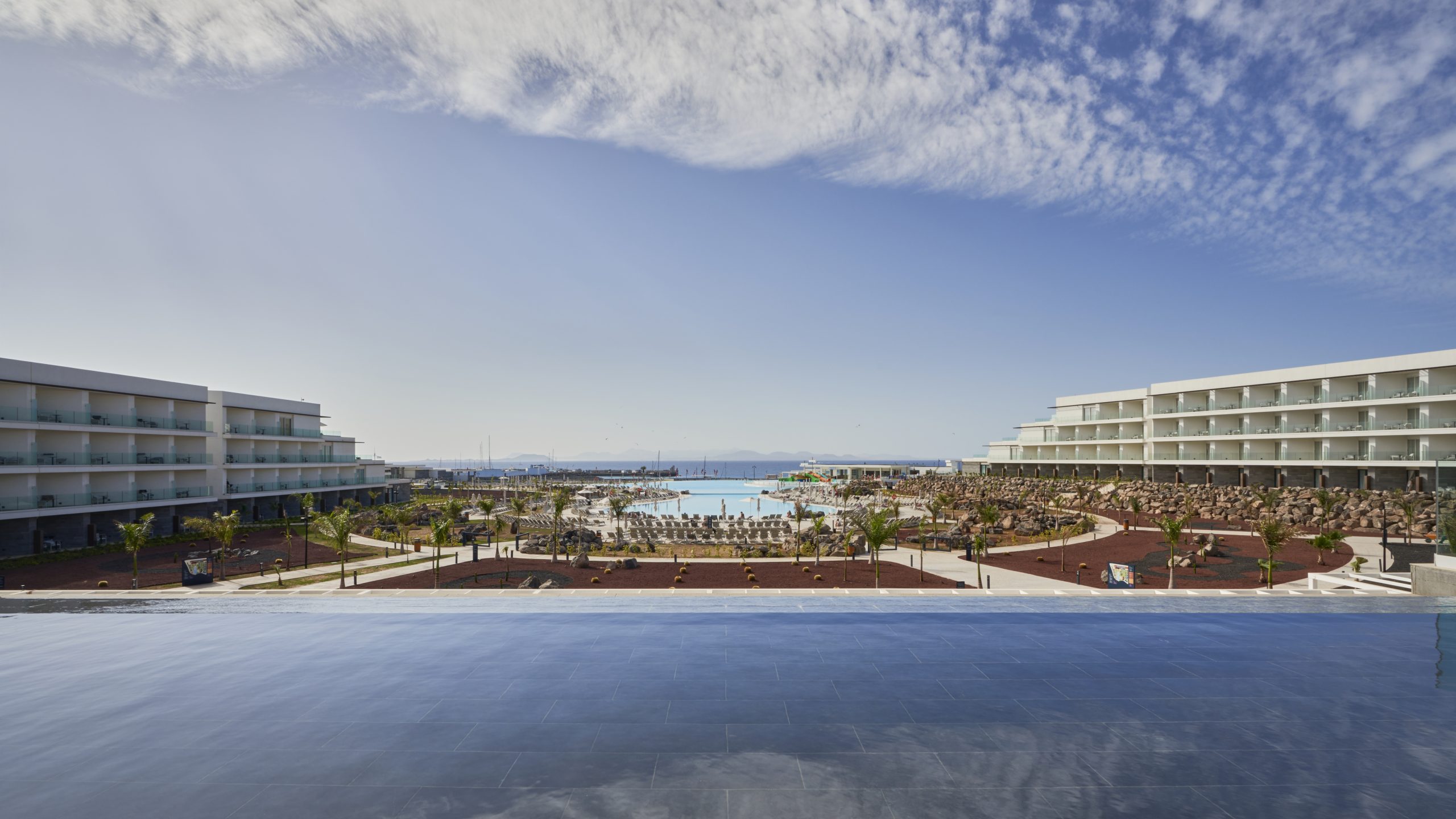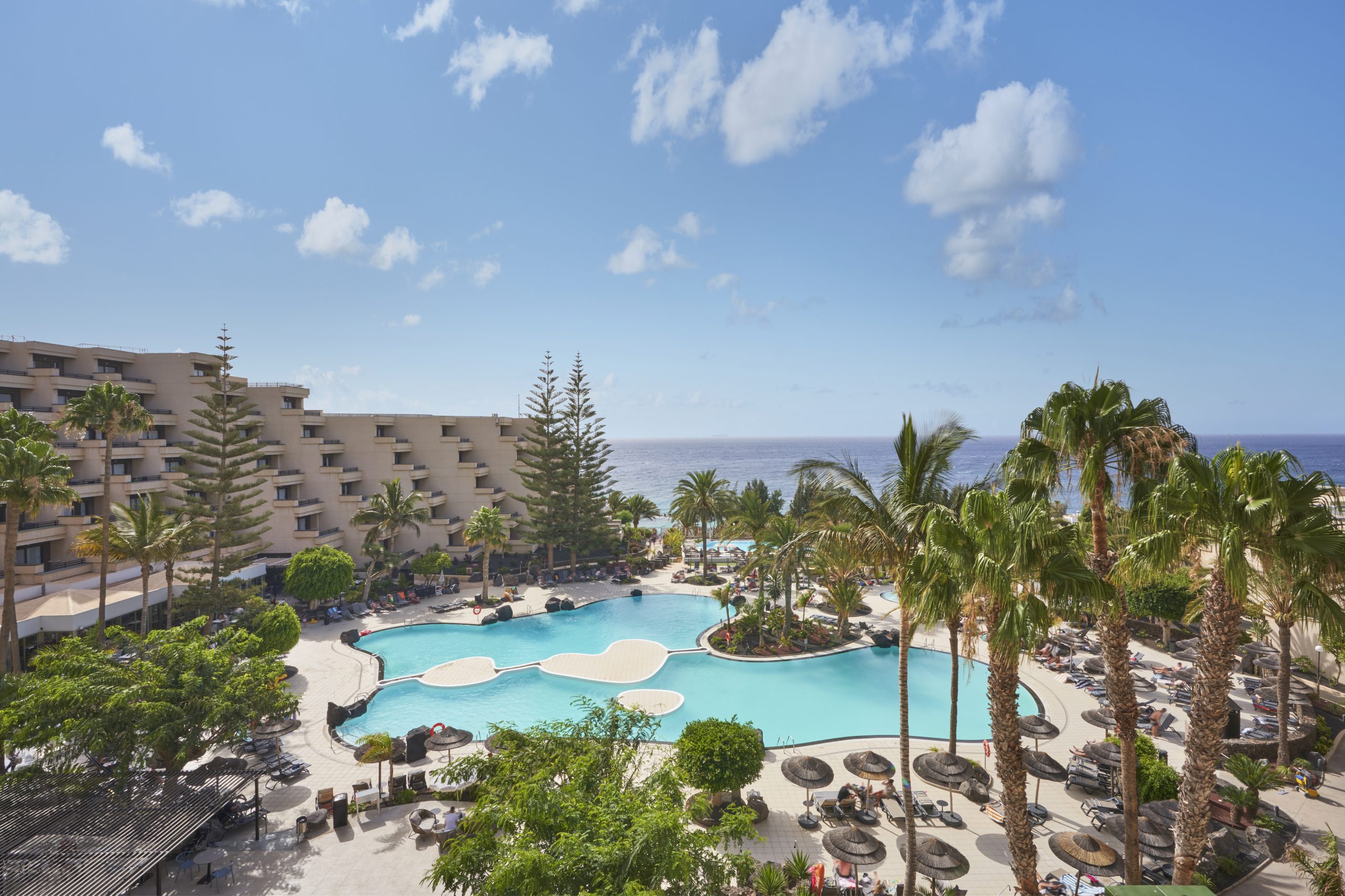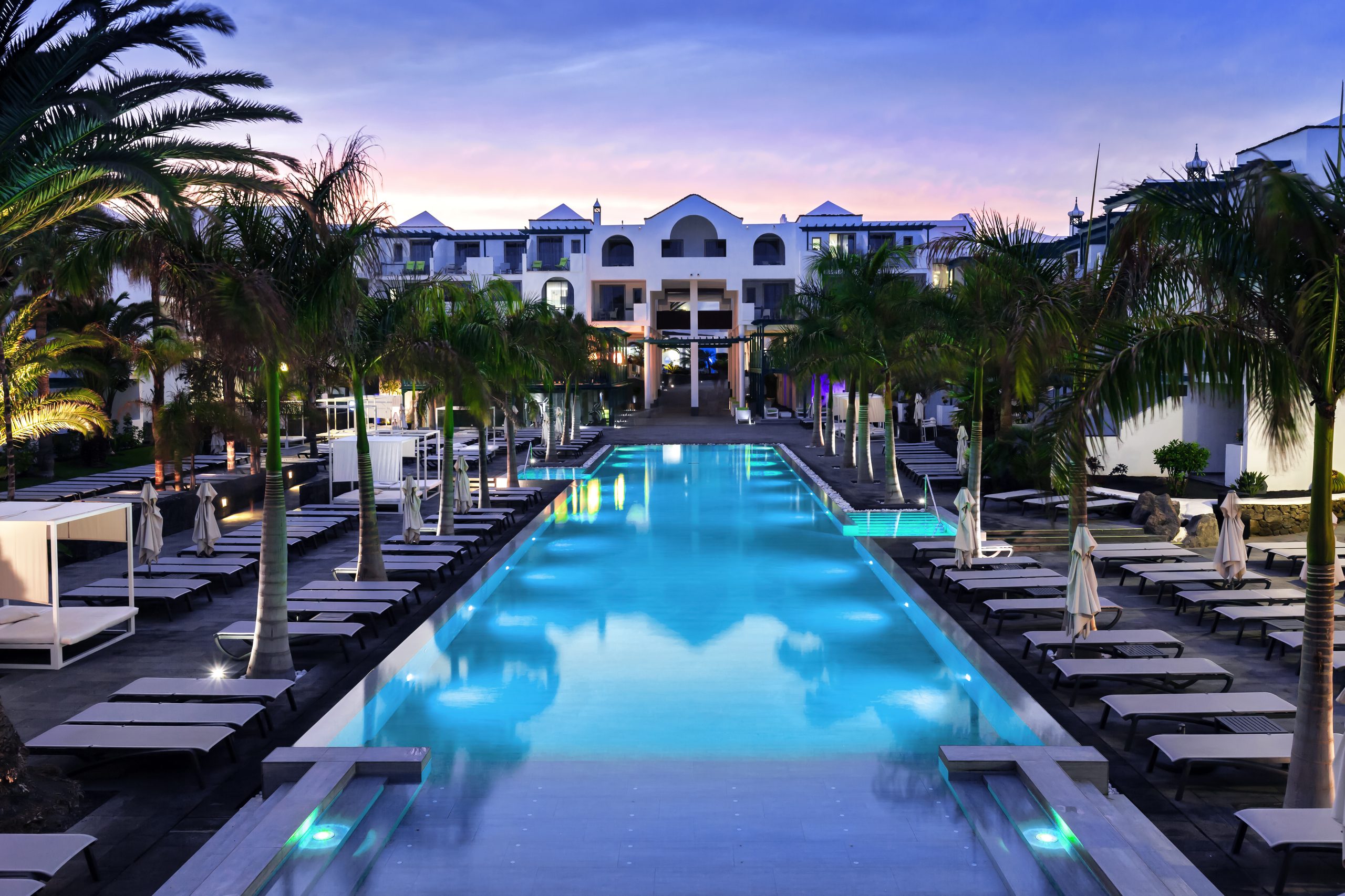For almost three centuries all manner of inquisitive people have made their way to the fishing village of El Golfo, at the southernmost point of Timanfaya National Park, asking for the “green lake”. The lake in question is a small bay, just two minutes from the village by foot, which could be straight out of an extra-terrestrial landscape. In fact, it is the crater of a volcano—formed during the powerful eruptions that took place between 1730 and 1736—that has been partially invaded by the sea. The other half-moon, occupied by a black sandy beach and a lagoon with emerald green waters—owing to a high concentration of algae—offers a beautiful and desolate panorama that has appeared in Spanish and international films.
For local people, the green lake has always been the Los Clicos Lagoon, named after the edible shellfish that it was once home to until someone released turtles into the waters of the gulf and they were wiped out. Local craftspeople are also regular visitors to the lake, where they go to gather olivine—semi-precious bright green stones with which they make jewellery that can be bought in the local area.
Things to do in El Golfo
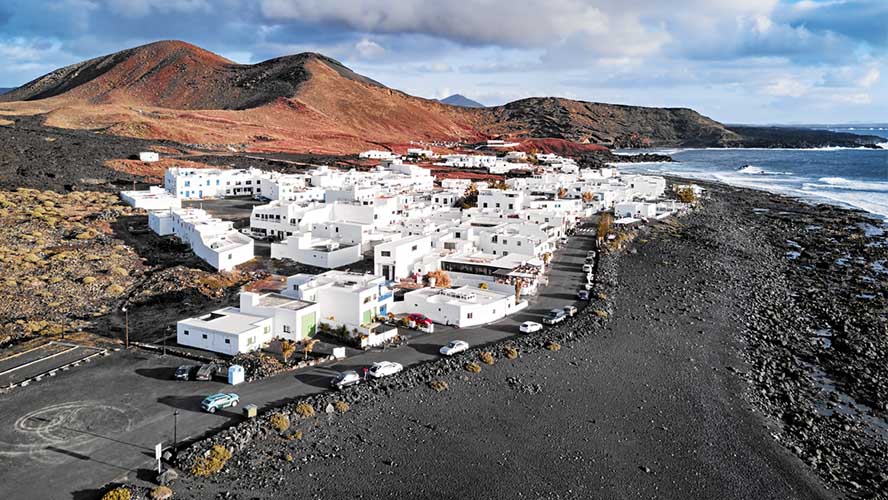
At each step we take along the peaceful streets of El Golfo, the small boats that we encounter among the white houses remind us that this is a fishing village. As such, the best things to do consist of eating at one of the restaurants with sea views, such as Casa Rafa, Mar Azul or La Lapa, specialised in local seafood, as well as delicious rice dishes. Trying some papas arrugadas con mojo verde y mojo picón, or potatoes with a green sauce and a red sauce, is also a must.
Adventure runners also have a date for their diaries in El Golfo mid-way through October, when the Pardelator de El Golfo—a 10.5-km fun run along spectacular paths and trails of compressed lava—takes place as it has done for the past eight years.
El Golfo: a film star in its own right
The El Golfo beach and its green lake may seem familiar to cinephiles, as this magnificent landscape has grabbed the attention of many a filmmaker, among them Pedro Almodóvar, who came here with his team in 2008 to film a romantic scene starring Penélope Cruz and Lluís Homar from his drama Broken Embraces (2009). “The volcanic origin of Lanzarote turned the journey into an exciting and emotional inner journey,” said the director hailing from Castilla-La Mancha about his first impressions of the island. “For me it wasn’t a landscape, but a state of mind, a character”.
Classic film buffs will have imprinted on their mind the image of Raquel Welch emerging from the green waters of the lake in a “pre-historic” bikini in the British film One Million Years B.C. (1966), which was set in the Palaeolithic. Other films have also been filmed here such as the spaghetti western Take a Hard Ride (1975), the science-fiction film Enemy Mine (1985) and La Iguana (1988), based on the novel by Alberto Vázquez-Figueroa.




































































